1. Beavers secrete a liquid called castoreum from glands in their butt, which was highly prized in ancient times as a "cure" for hysteria in women.
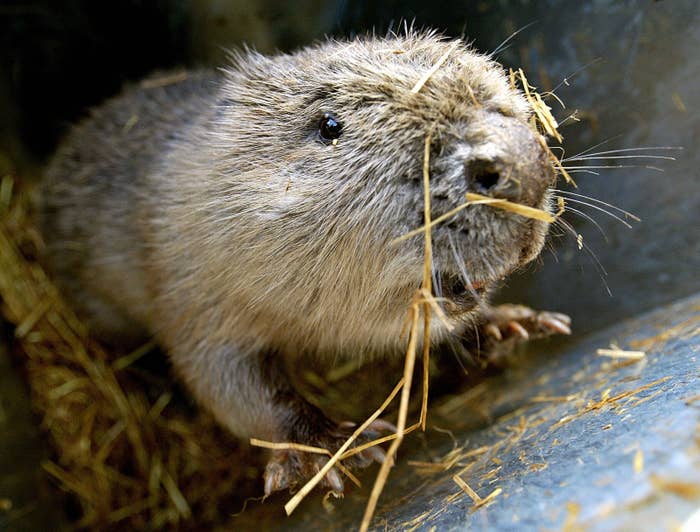
Today, the same butt goo is still highly prized but as an artificial vanilla flavoring in ice creams and cake.
2. As a young student, Sigmund Freud spent a long, smelly summer trying to find the sex organs of the eel — a biological obsession of the day — and eventually gave up to focus on the sex lives of humans instead.
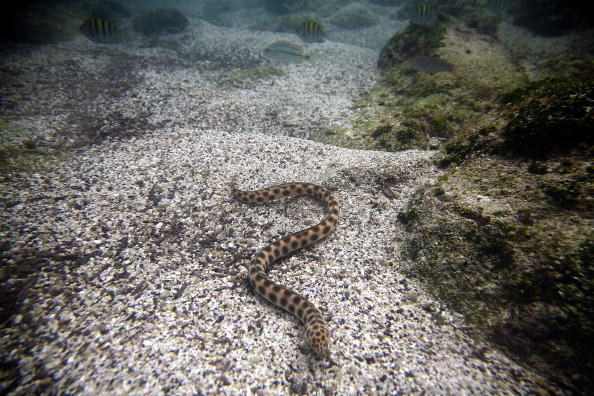
3. Bradypus sloths are surprisingly good swimmers and can bob along three times faster in water than they can crawl on land (a fairly leisurely cruising speed of 0.19 mph).
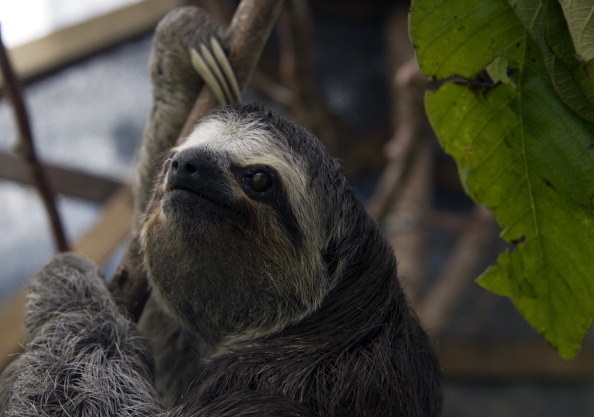
Extra neck vertebrae help keep their heads above water and an excess of trapped gas serves as a built-in buoyancy device.
4. The genitalia of female hyenas are almost identical to that of the males, leading ancient naturalists to believe they were hermaphrodites.

This characteristic makes the female hyena the only known species with no external vaginal opening, having to give birth through the narrow canal of her "pseudo-penis."
5. Bats have a bad reputation as bloodsuckers and pests. But they save humans billions of dollars each year by eating insects that cause disease or crop devastation, and they act as key pollinators for tropical flowers such as bananas, avocados, and agave.
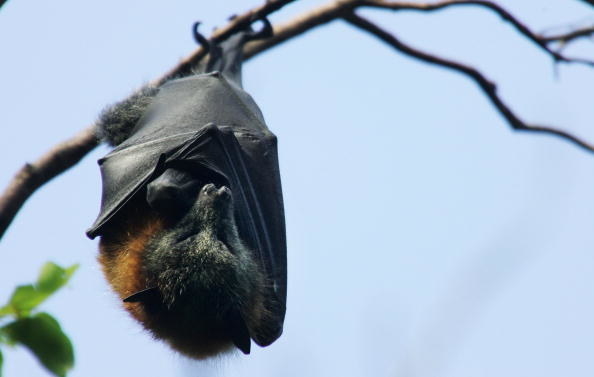
Without bats, there would be no tequila!
6. French scientist René Antoine Ferchault de Réaumur studied frog copulation for years, an act that had scientists stymied since frog semen is invisible in water. In order to discover how the female’s eggs were fertilized, he designed frog underpants for the males to wear, which, sure enough, acted as a form of froggy prophylactic.
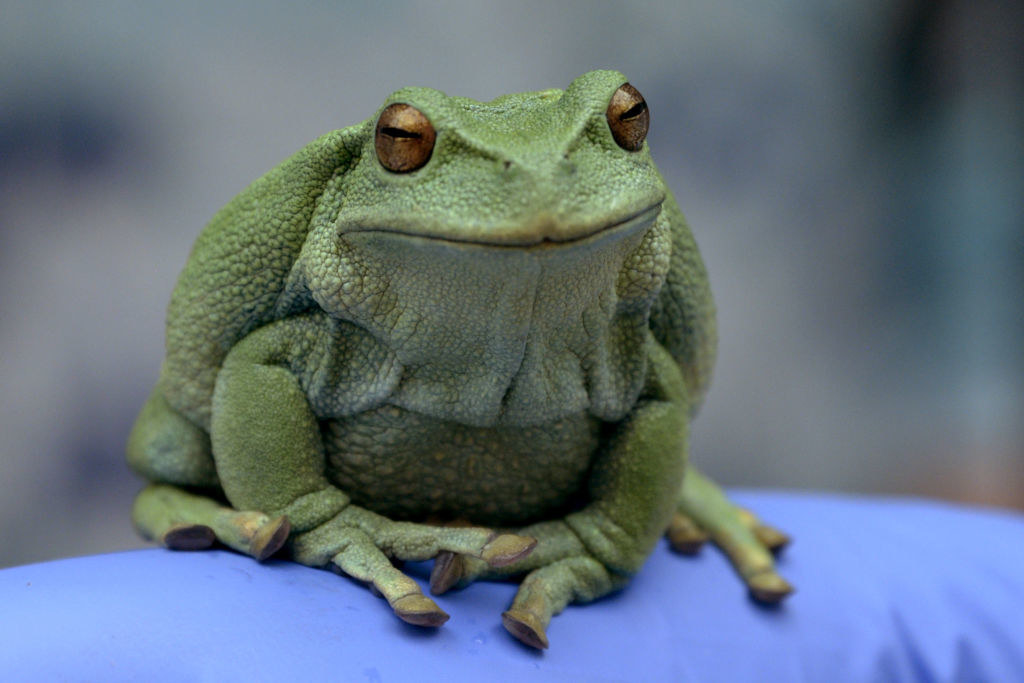
7. The legend of storks bringing babies dates to pagan times.
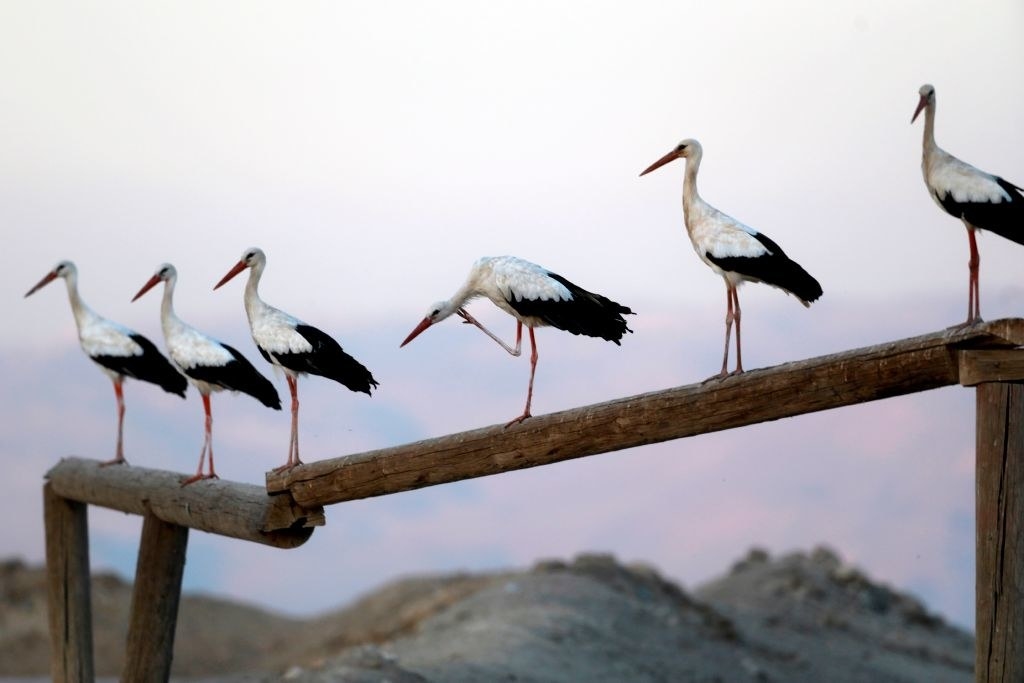
The birds’ reappearance every spring roughly coincided with nine months after June 21 — the summer solstice, a time of celebration and many romantic liaisons.
8. Hippo sweat is thought to be the next big thing in skin care.
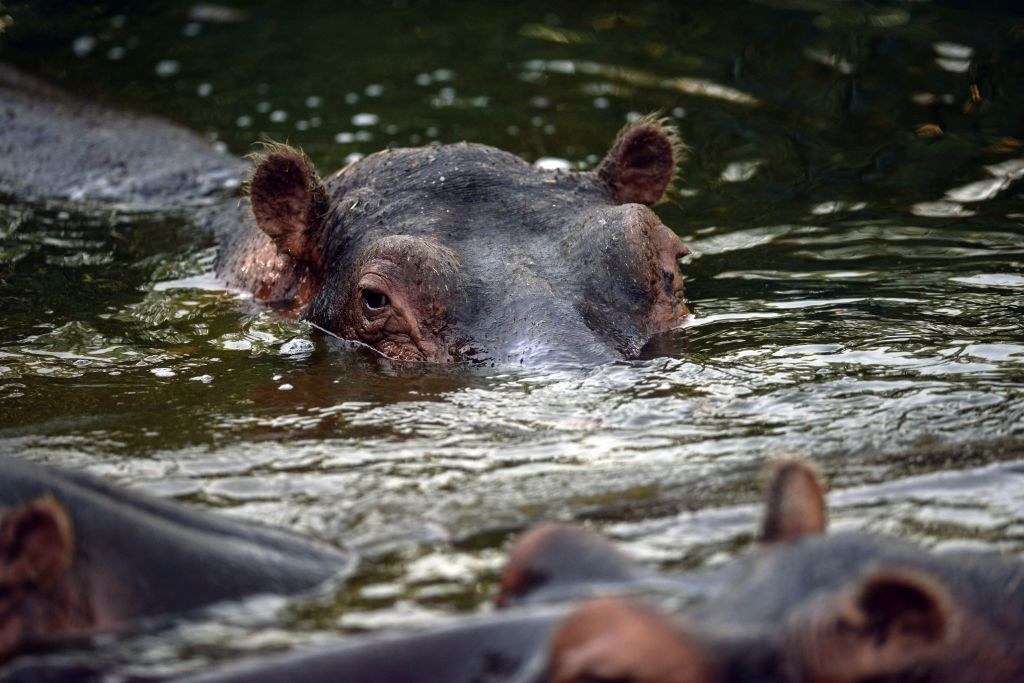
The animal’s skin secretes a reddish goo that looks like blood but actually contains elements that block the sun’s harmful rays and act as an antibacterial agent to protect any of its war wounds.
9. Moose have a taste for overripe, fermented apples that fall from the trees in Sweden in the fall, leading to the countrywide problem of contending with so-called drunken moose.
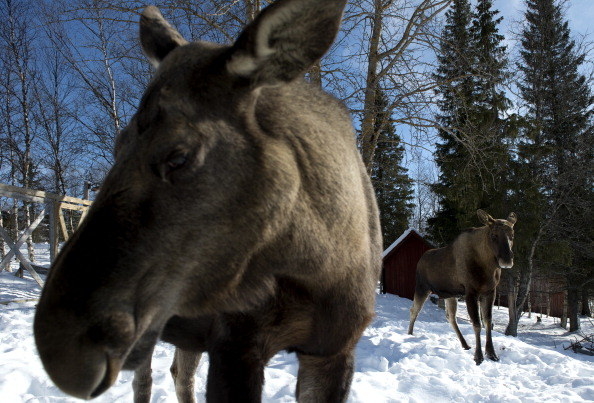
The big animals can be highly dangerous in this state, with one documented case of a moose committing murder (for which the victim’s husband was initially arrested).
10. Pandas are famous for their pacifist vegetarian diet of bamboo. But these bears have not lost their taste for flesh and have been known in the wild to scavenge on dead goats and deer.
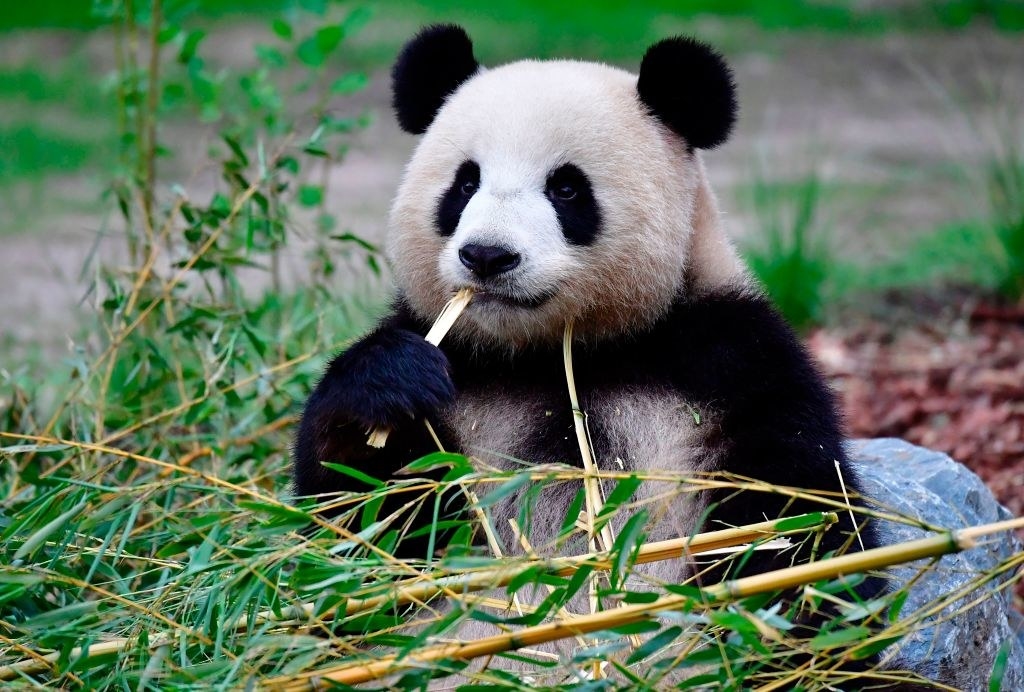
11. The sex lives of male Adélie penguins are so deviant that a 1915 research paper found at the Natural History Museum in London had “Not for Publication” scrawled across the top to protect the public from knowing about these perverted penguins.

12. Among the incorrect beliefs about apes and chimpanzees held in centuries past: that they could play chess, were afraid of snails, built tree houses, and beat elephants with clubs.
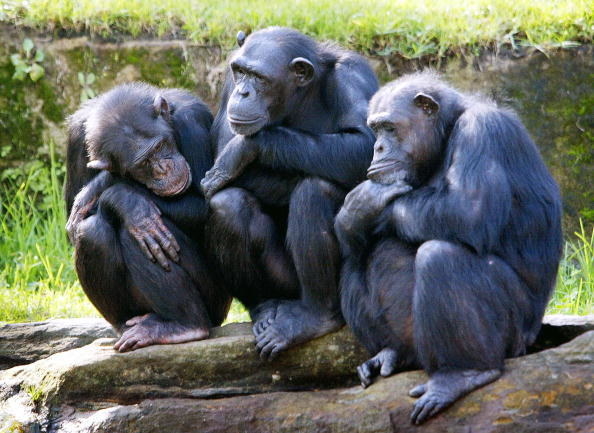

Lucy Cooke is an award-winning filmmaker who has written, produced, and directed several popular documentary series for the BBC, PBS, Discovery, and National Geographic. Her first book, A Little Book of Sloth, was a New York Times best-seller. She holds an MA in zoology from the University of Oxford and lives in London. Her new book, The Truth About Animals, is out now.
